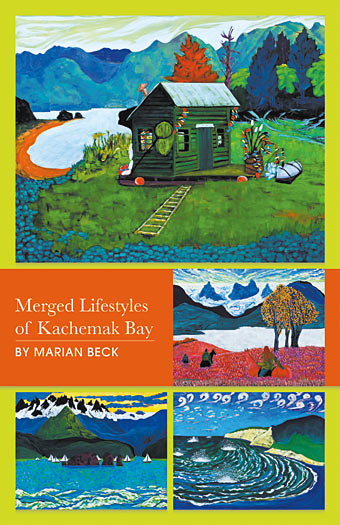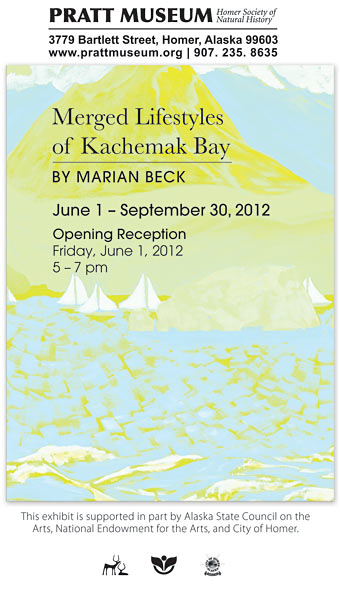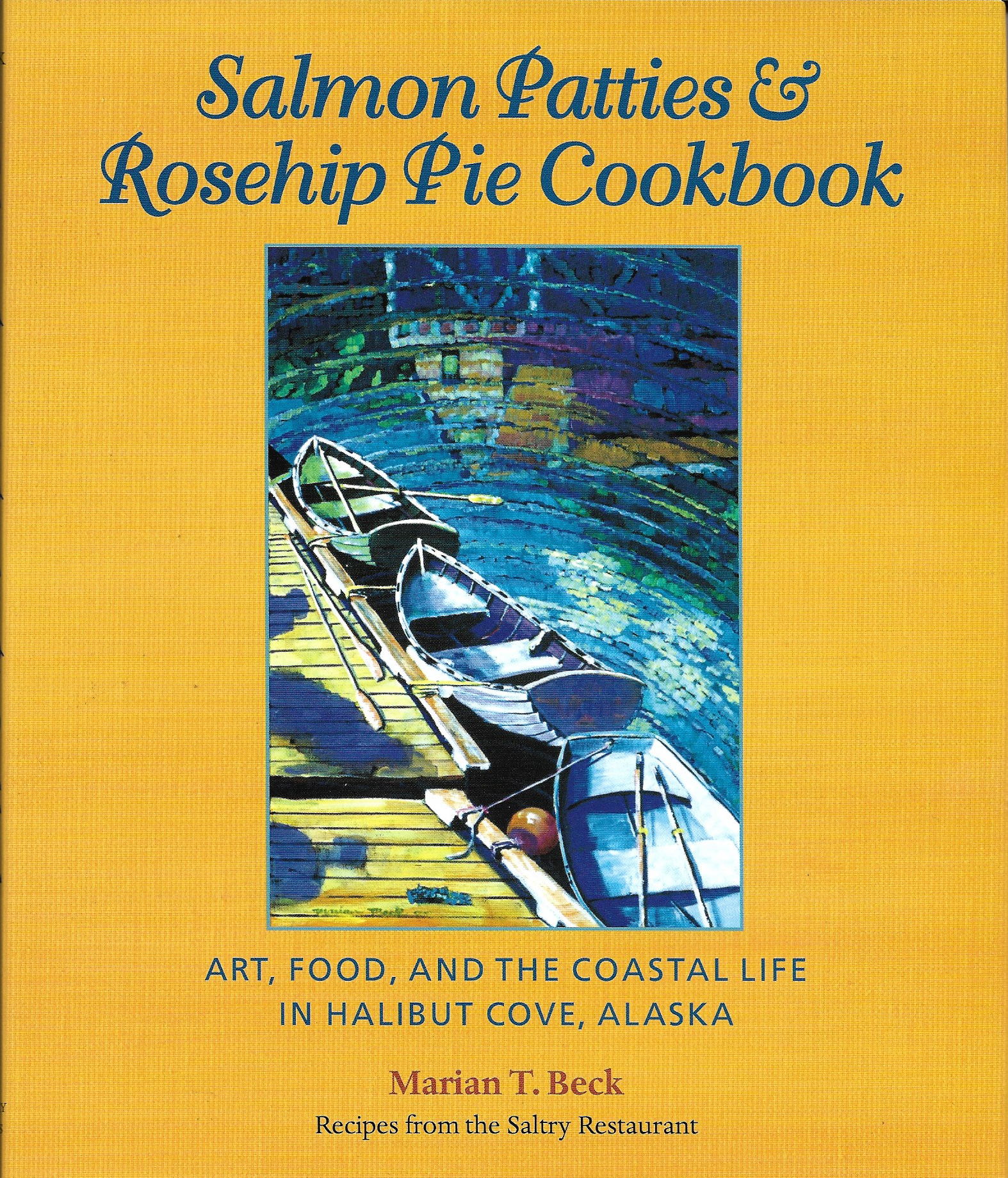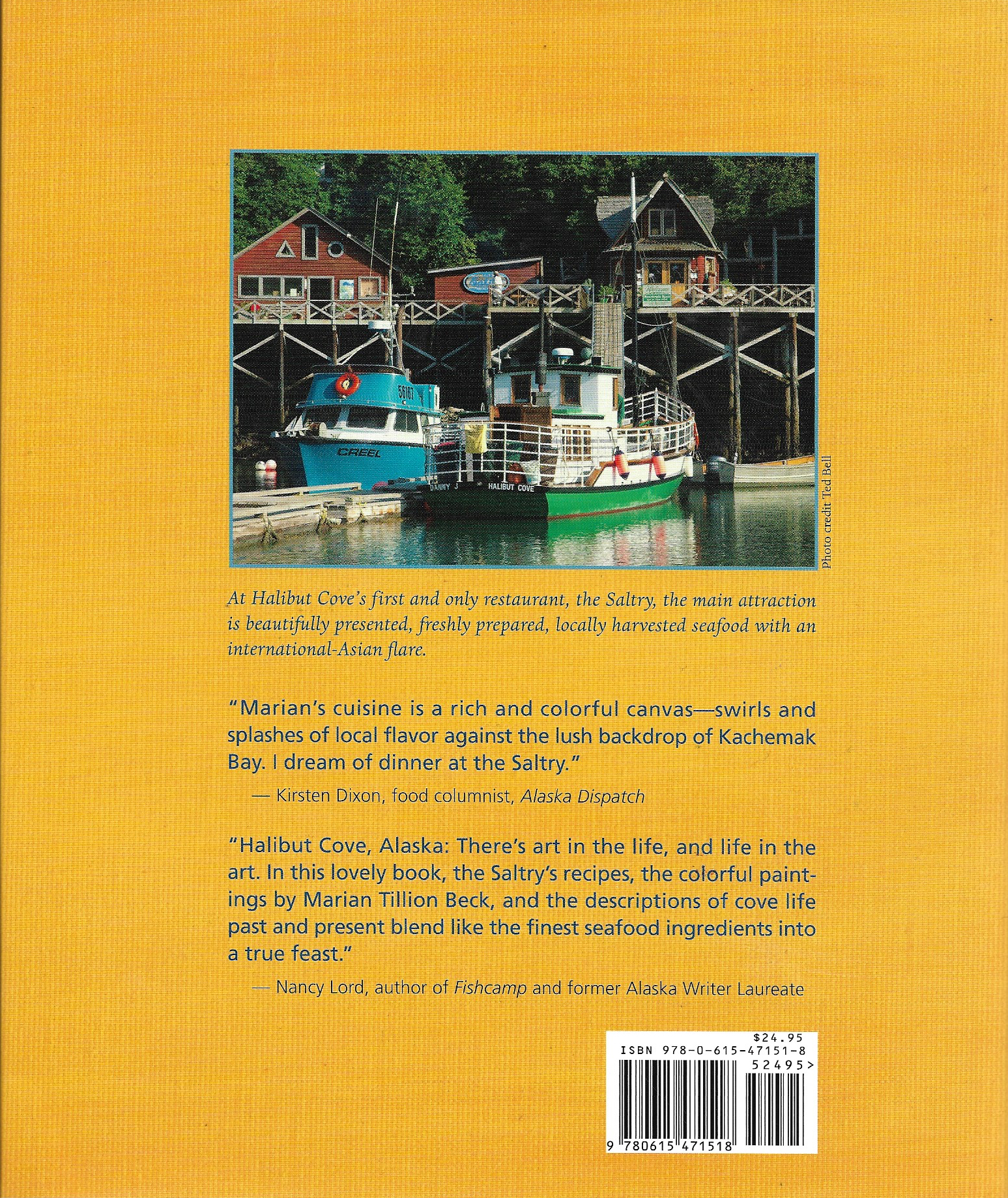View from top of Tillion Homestead with Halibut Cove below
The community of Halibut Cove, on the Kenai Peninsula, lies in a protected stretch of waterway called The Narrows, which runs between hourglass-shaped Ismailof Island and the south shore of Kachemak Bay. Many of the houses sit on pilings, and the only transportation is by boat- there are no cars. The surrounding water of Kachemak Bay provides the livelihood of many residents. Local men and women fish commercially for salmon, halibut, or cod, and others maintain the three active oyster farms. There are also a number of artists in the Cove, and it’s not unusual for a resident to be both artist and commercial fisher.
The area is rich with history. Archaeological research of midden sites shows signs of a large settlement during prehistoric times. Artifacts found locally suggest three waves of native habitation, likely forced to leave because of a catastrophic event, such as a volcanic eruption.
From 1911 to 1928, a rich herring run in Halibut Cove led to a population boom. The herring fishery employed as many as 1,000 people during the height of the season. A town and herring salteries sprang up, and docks were built to accommodate the steamers that came to load kegs of salted fish. Thus became the future inspiration and namesake of The Saltry Restaurant.
By 1927, pollution from processing the spawning grounds had caused a marked decline in the stocks, and by 1928 the herring were gone and the boom was over. Halibut Cove became a ghost town with only a few tenacious old-timers remaining. Buildings were torn down for material to build the growing village of Homer.
In 1948, Clem Tillion bought his homestead in Halibut Cove. In 1952, he married Diana Rutzebeck, and they stayed to raise their children Will, Marian, Martha, and Vince. The Tillions helped foster the developing community. Clem started the ferry run to Homer in 1966, and Diana’s Cove Gallery, featuring her paintings in octopus ink, opened in 1968. Their combined focus on business and art attracted a new generation of settlers. Halibut Cove began to rebuild. It was in this spirit, and the support of the Halibut Cove community that The Saltry came to be.
fishermen
dave & marian beck
Marian started fishing with her Dad at the age of 10 as the only deckhand. She was not really a fast fish-picker, to small to see out of the net well, so she was relegated to running the boat from the flying bridge, which may have contributed to her career in boat operating.
Dave and Marian were married in 1976 and in 1978 they bought a slow wooden boat without a reel. A neighbor gave them a small power roller and several times a day, they pulled 900 feet of gillnet by hand.
A few years later, they invested in a reel. In 1987 they built a proper gillnet boat and Dave, although from Iowa, became a seriously great fisherman! Marian now stays at home and takes care of the business, buying fish to keep the Saltry's larder full, as well as operating the Kachemak Bay Ferry, the Danny J.
greg and weatherly bates
Greg and Weatherly Bates operate Alaska Shellfish Farms, growing oysters and mussels in Halibut Cove. Shellfish farming allows them to sustain a year-round living in their remote Alaskan home and also gives them the opportunity to work with their children. When asked about their lifestyle here in the Cove Weatherly shares,
“On any day we can be seen at our oyster nursery with our children Rockwell and Vera. Rockwell's favorite activity is to collect ‘creatures’ from the oyster nursery and bring them to the Salty touch tank to share with others.”
They operated a 9 acre shellfish lease in Halibut Cove and are currently working on producing rope grown mussels and oysters. It takes three to four years to grow a Kachemak Bay oyster and 18-24 months to grow Kachemak Bay mussels.
marvin & annette bellamy
Marvin grew up on a homestead in Homer and has fished his whole life. Annette was raised in Seattle, occasionally trout fishing on family camping trips. Marvin and Annette have fished together since 1973. It was just the two of them for the first 15 years on a small wooden boat.
Through the years they have fished for crab and gray cod with pots, salmon with gillnets and seine, and longlined for halibut and sable fish.
Today, from their fiberglass combination boat, the F/V Kelsey, they gill net for salmon and longline for halibut. Annette says, "All the years of fishing have given me great inspiration in my art work!"
coral & kayla ricketts
Coral Ricketts was born in 1954 and homesteaded in Clam Gulch where her father fished on beach sites. As a toddler, Coral would accompany her father fishing, but was kept out of the way by being placed in a Blazo box, (used for transporting five gallon cans of white gas for cooking stoves). In 1956 they homesteaded at the head of Seldovia Bay.
Coral moved to Halibut cove with her father in 1959 and began commercial fishing at 5 years old. By the time she was 8 she was a paid deck hand and fished both the winter and summer king crab seasons. At that time, fishermen could only deliver 200 king crab per week at 8 cents per pound, which Coral and her father did from their 35 foot long Kodiak seiner called the Dew Drop. At the age of 11, Coral took her first gillnetting trip up the inlet with her father to fish for salmon.
Coral continued fishing through the years until she was 6 months pregnant with Kayla, whom she gave birth to in 1990. She took only one year off and in 1992 took over salmon fishing up Cook Inlet on the Grey Beard, her father's 37 foot combination boat. Being a single parent, 1998 was her last season on the Grey Beard, buying out set net sites on the east end of Ismailof Island in Halibut Cove. Kayla first went up the inlet at 2 years old, sitting in her car seat that was bungeed to the bulkhead. Kayla has fished the set net sites since she was 8 years old and became a paid deckhand at age 14.
When Coral was asked about why she continues to live in Halibut Cove she said, "I mean, look at it it. The place is beautiful. My ancestors were here. This is my home."
paintings by marian beck
A Well Known Alaskan Artist
Marian Beck was born October 27, 1953 in Seldovia, Alaska (the only hospital at the time on Kachemak Bay). She attended Primary & High School in Homer & Juneau, Alaska and received art education at Cal Poly University, Art Students League New York, NY.,and local community college classes. Married in 1976 to David Beck, a fisherman carpenter. They now make their home in Halibut Cove, Alaska and Waimea, Hawaii.
Marian is a licensed Maritime Captain, 100 ton Near Coastal, all waters of the US since 1974. She is the owner of the Kachemak Bay Ferry, M/V Danny J, and the Halibut Cove’s Experience Gallery. With her husband Dave Beck she created and built the Saltry Restaurant in Halibut Cove. She has published a cook book, Salmon Patties and Rosehip Pie. Her hobbies are Horses and agriculture and for 18 years did the seal rehabilitation for the state of Alaska.
Solo Art Shows: began with a wearable art exhibit in 1982. Her solo exhibits have included the Pratt Museum/Homer, Alaska, Alaska Pacific University/Anchorage, and the Parker Ranch historic home (Puu Opelo)/Kamuela, Hawaii.
Awards and State Juried Exhibits: For wearable art, sculpture, water color and oil painting.
Purchase Awards: Pratt Museum, Alaska State Art Bank and the Rasmuson Foundation of Alaska.
Purchased by The Rasmuson Foundation for the Pratt Museum
Lunch on the Sheep River
2012 Art Show
Life on the Bay has so many chapters; each of these 17 paintings represents the first line of a chapter, or even an entire book. Through the short history of recent settlement, Kachemak Bay drew a collection of individuals, tough and creative. Each person brought with them what they knew from their home land and applied it to an unsettled landscape, geographically unique.
From the Head of the Bay 3 big rivers flow from the Harding Ice Field, across flats that in summer are covered in rich salt grass. Several species of salmon swim up these rivers, and spawn in little clear tributaries. From here the Bay extends out to Cook Inlet rich in fish. The South shore, though rugged, was actually settled because the bays offered shelter for fishing boats. The Homer side attracted farmers and ranchers. In the summer some turned their cattle out on the salt grass and went fishing where they actually made money.
Being the daughter of this generation of adventurers I had the opportunity to experience the change from wilderness to the modern world. I had a horse and a boat since childhood; it really began when I was ten, I was Dad's deckhand, gillnet fishing in Cook Inlet. That same year I got to go to the Head of the Bay, my friend Alray and I were flown up in a Super Cub, by his Dad, Jay Carol, who owned Homer Air. A rancher there was holding some packhorses for us to take to a Homer pasture; we were landed on the beach. Freedom was a horse, the landscape was for the taking and with a big rowing skiff the coast line was an open road.
I was born an artist from a genetic line up of artists. My Mother Diana Tillion for one was well known in her own right. I went to Cal Poly University in San Luis Obispo California and studied animal science and art. Without being entirely aware of it, I have pursued art and its expression my whole life. In the early eighties I went to the Art Student League in New York City, searching for the Holy Grail of Art. I found it, a personal view; it is how I express the world as I see it.
Marian Beck
Solo Show Pratt Museum Homer, Alaska
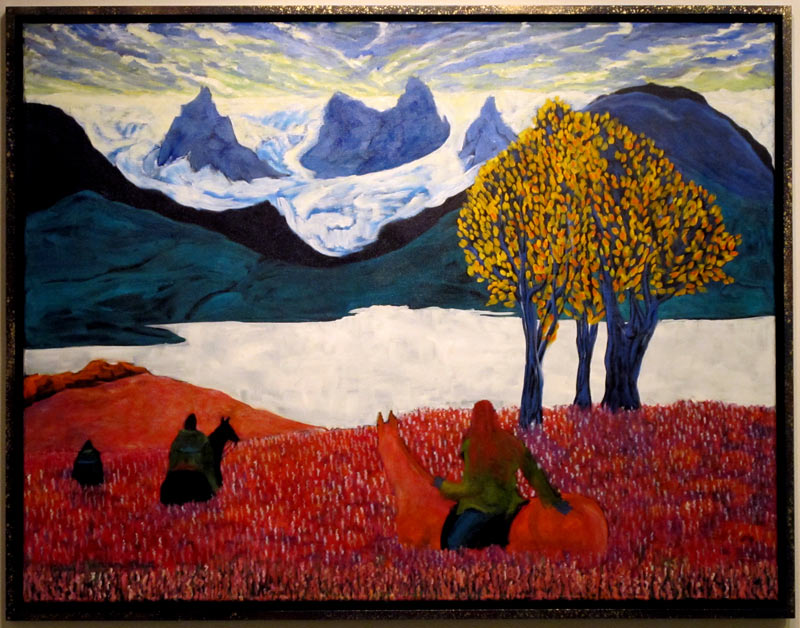
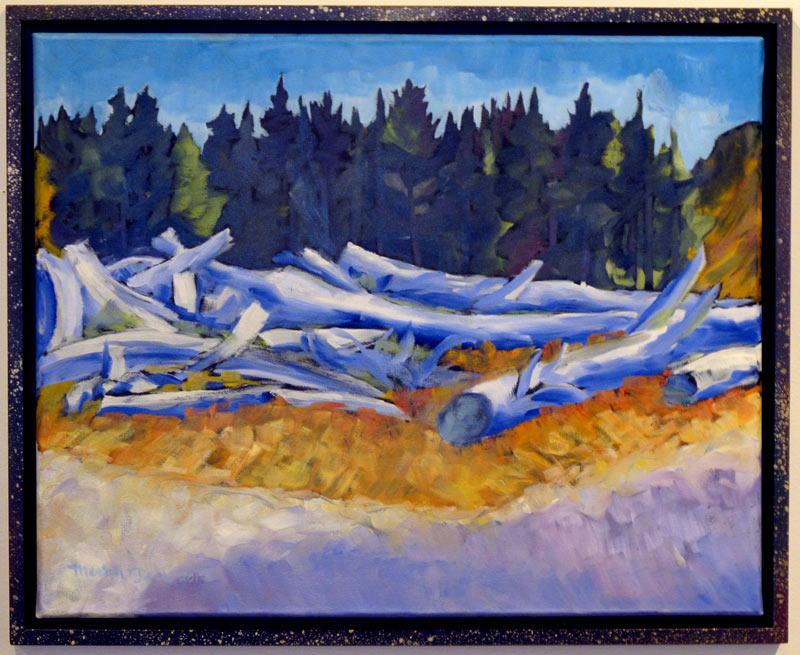
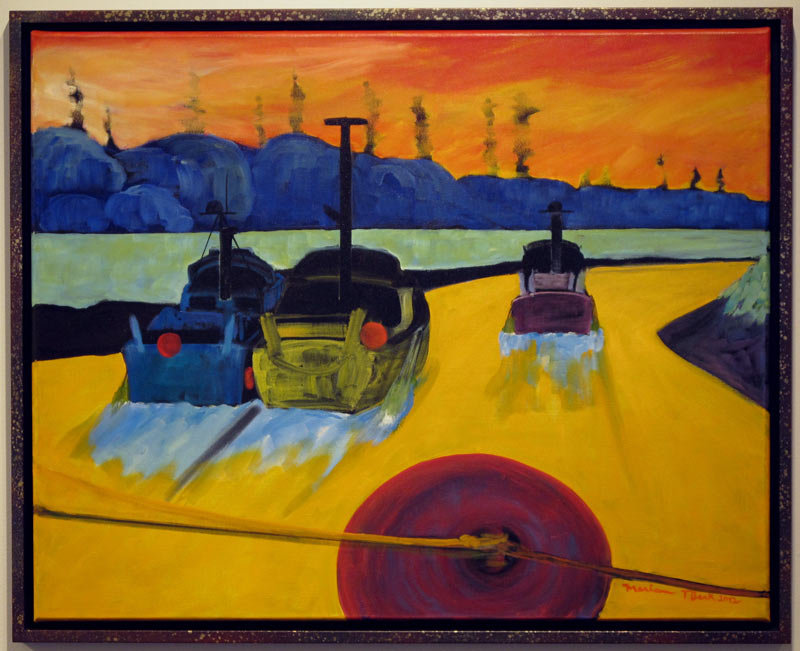
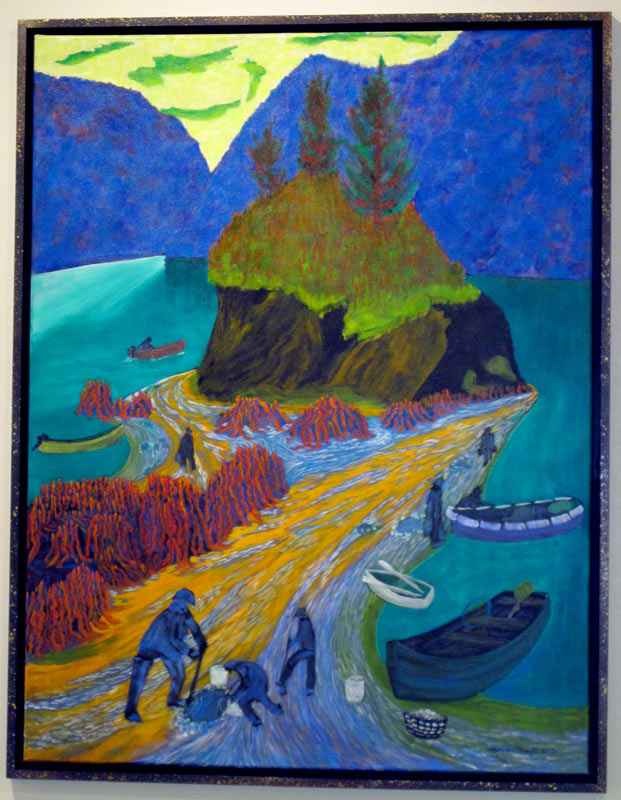
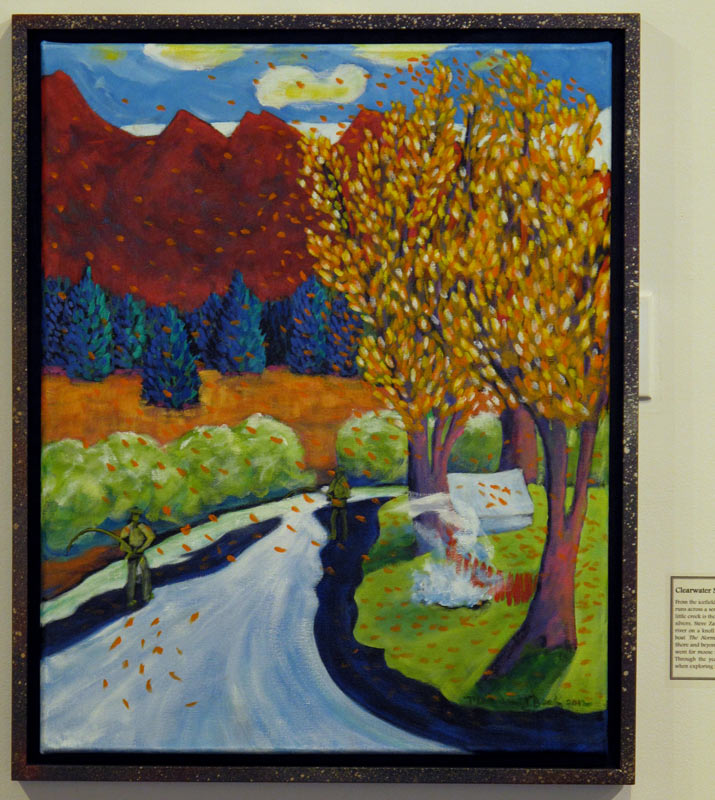
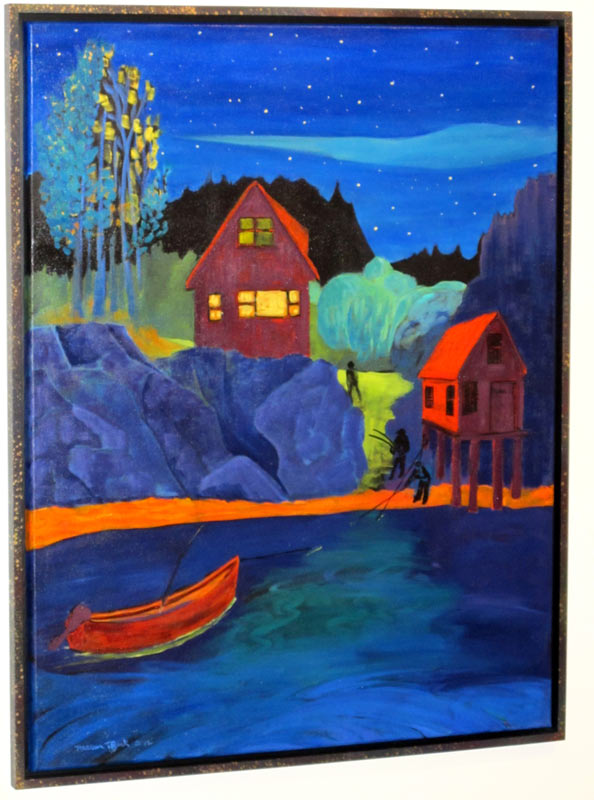
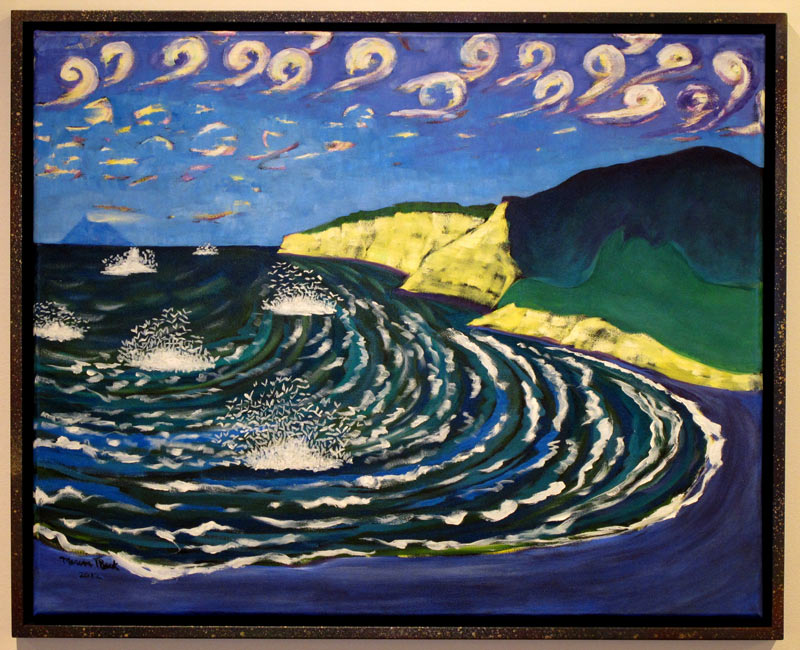
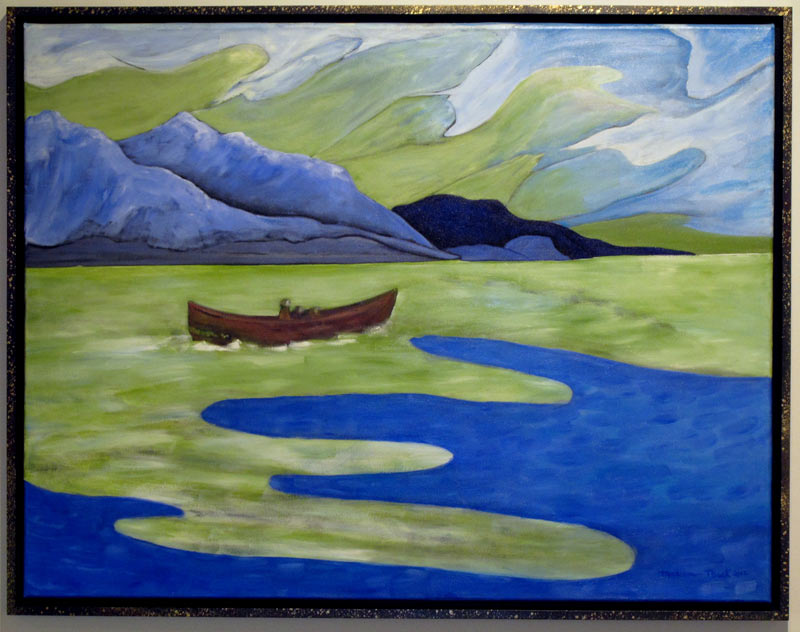
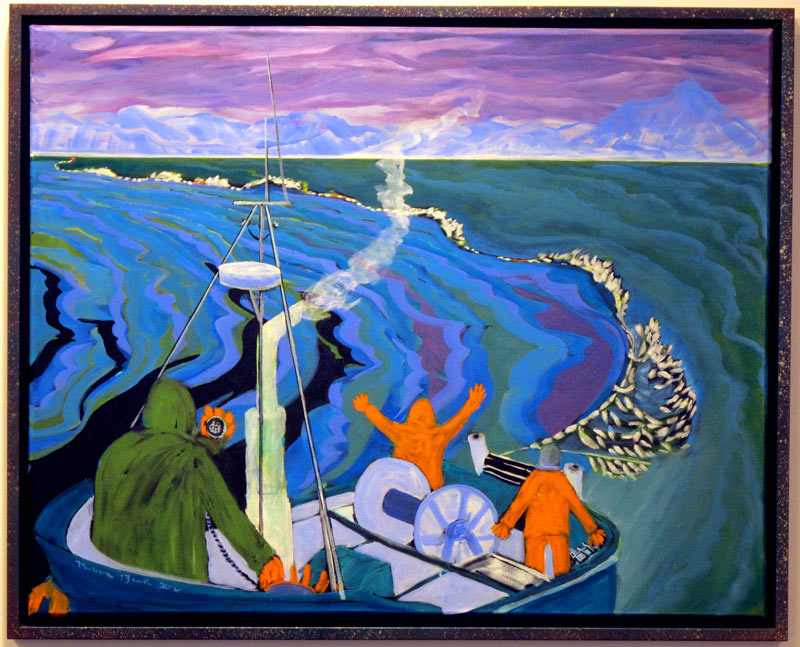


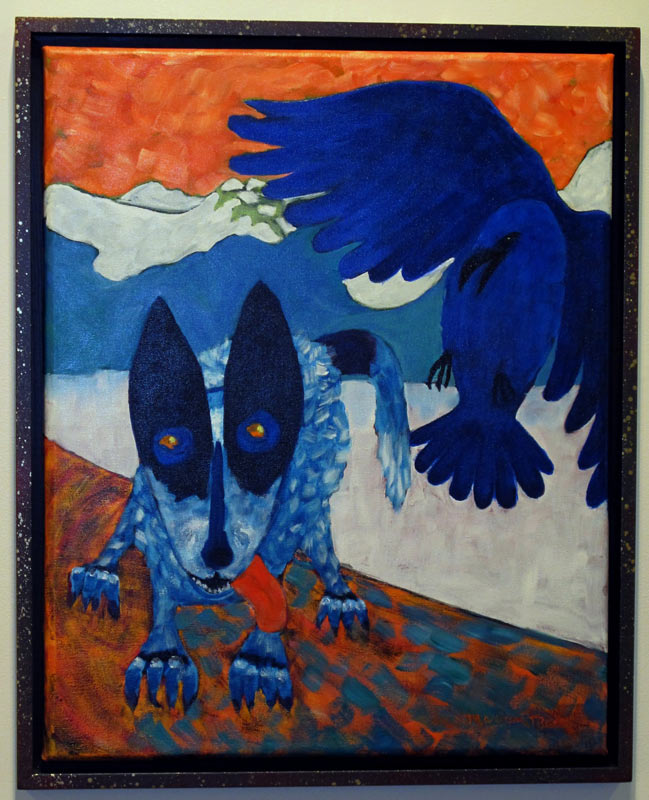
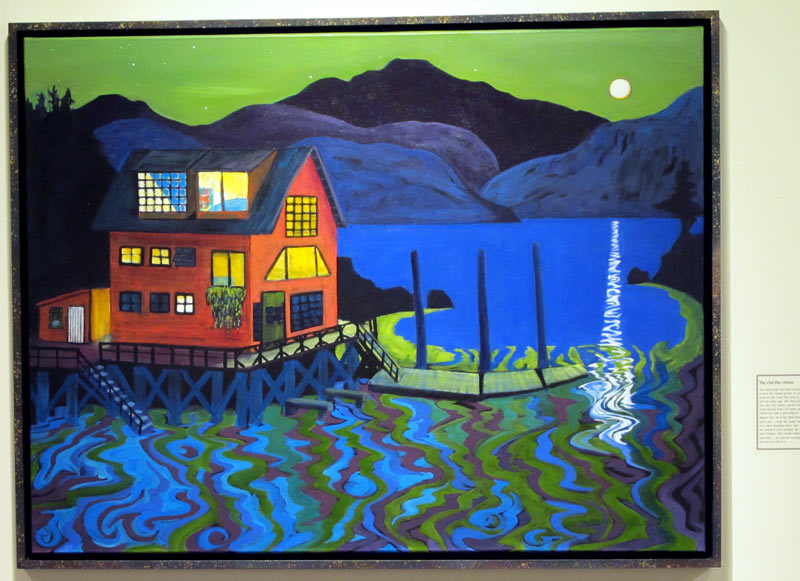
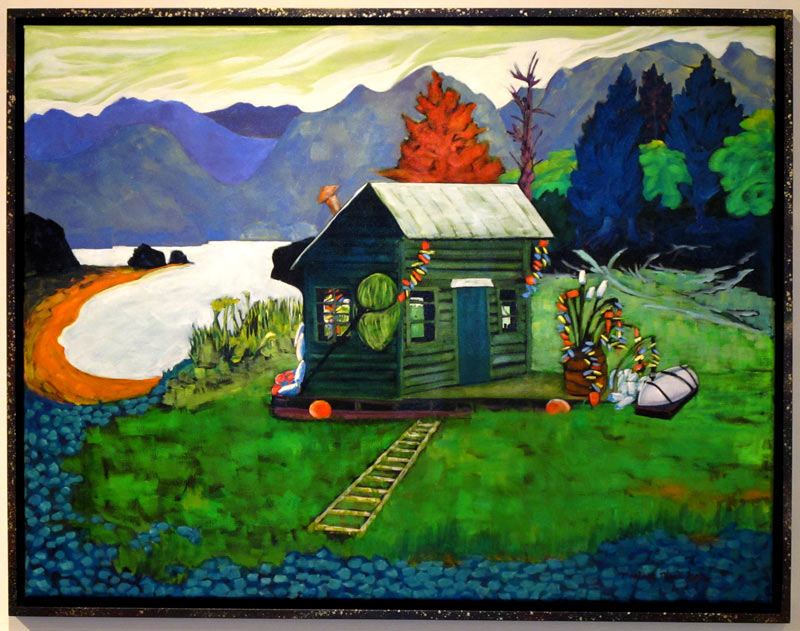

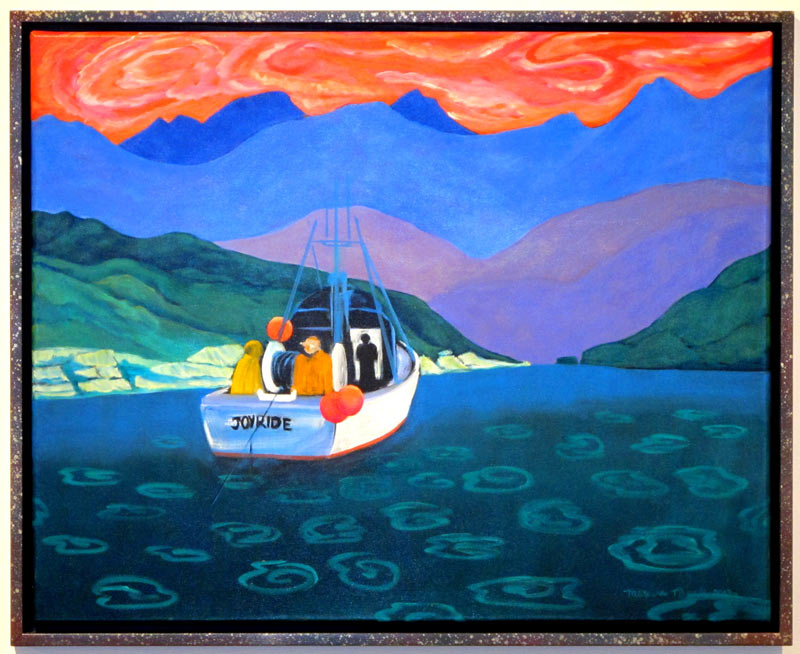
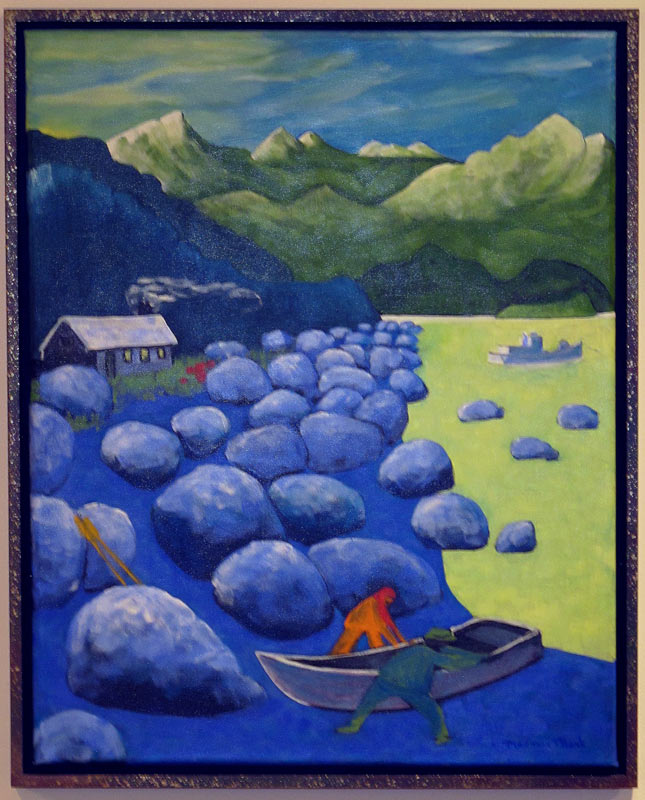
A Catalog of Art from the Past

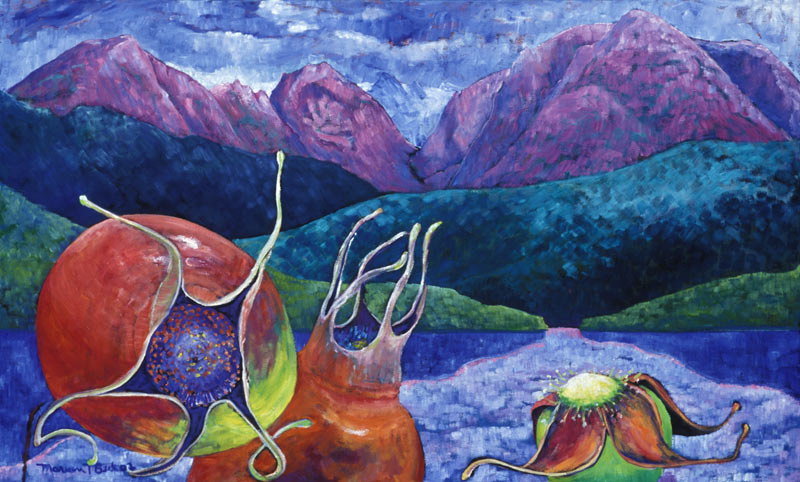
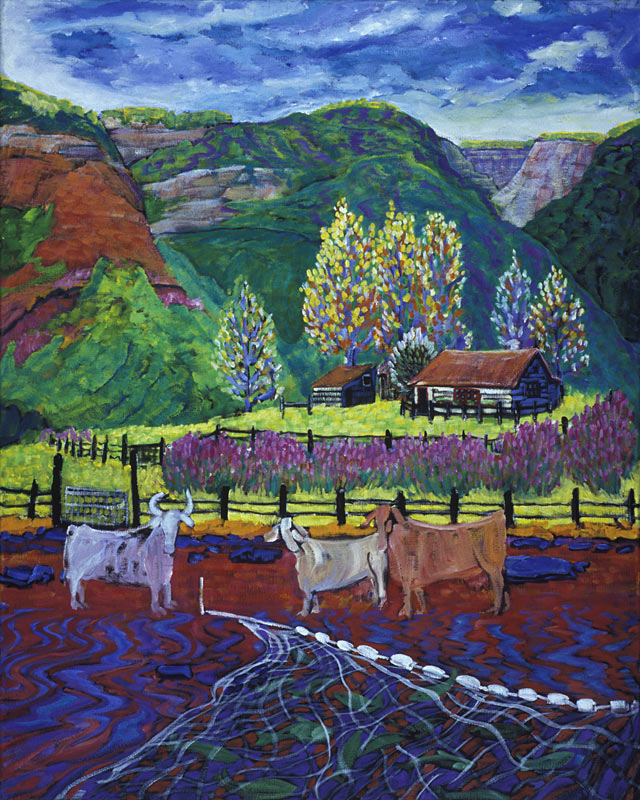


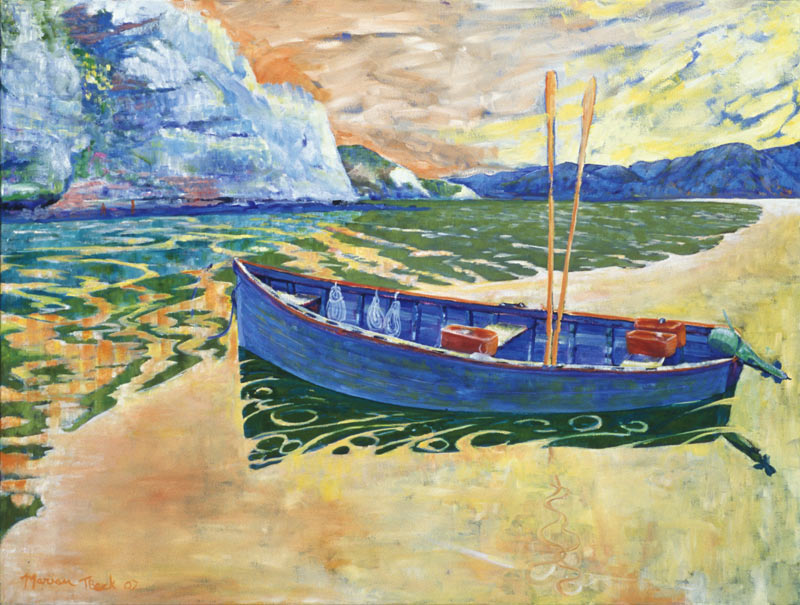
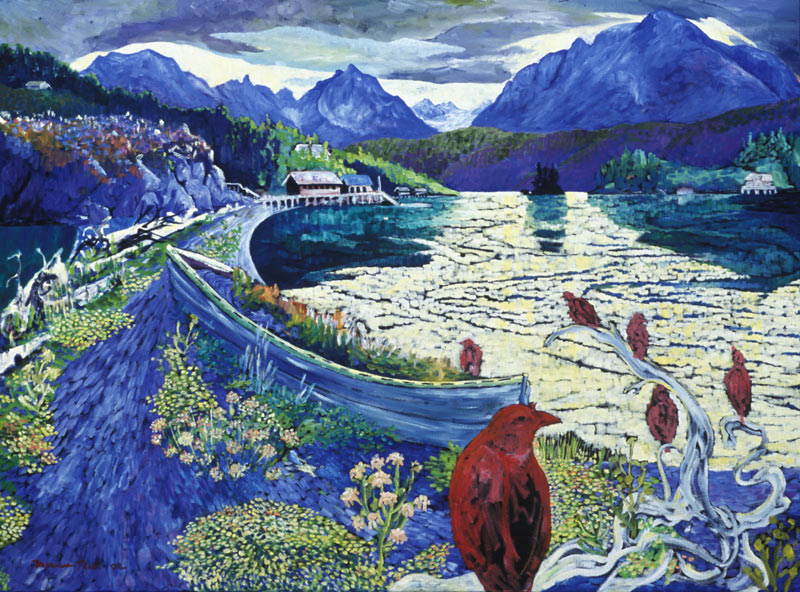
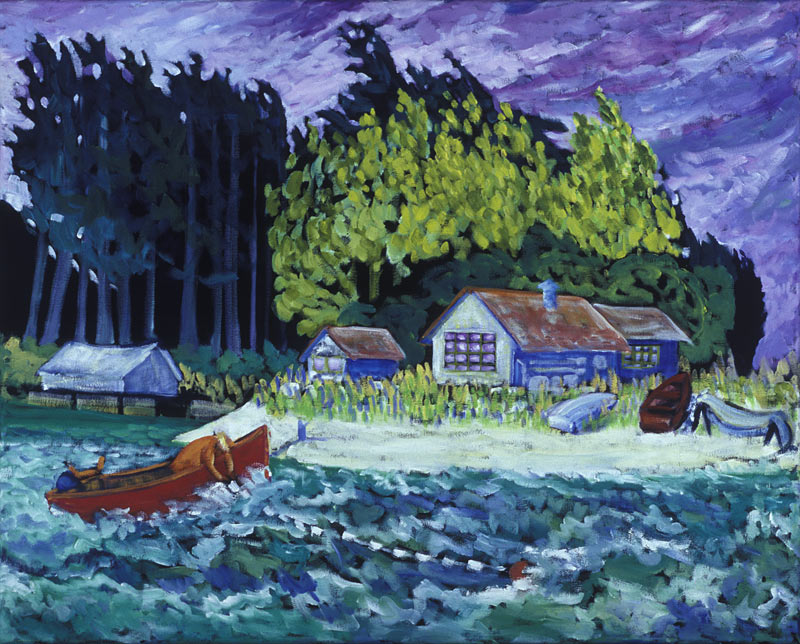
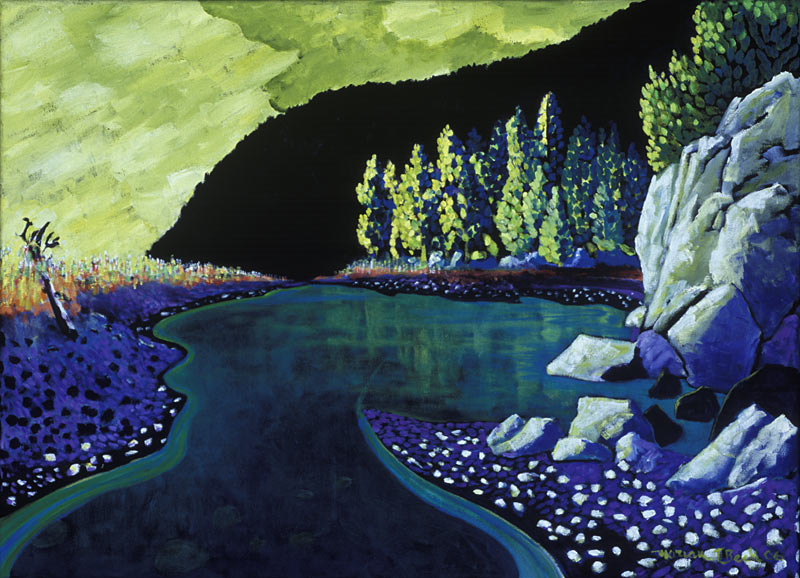
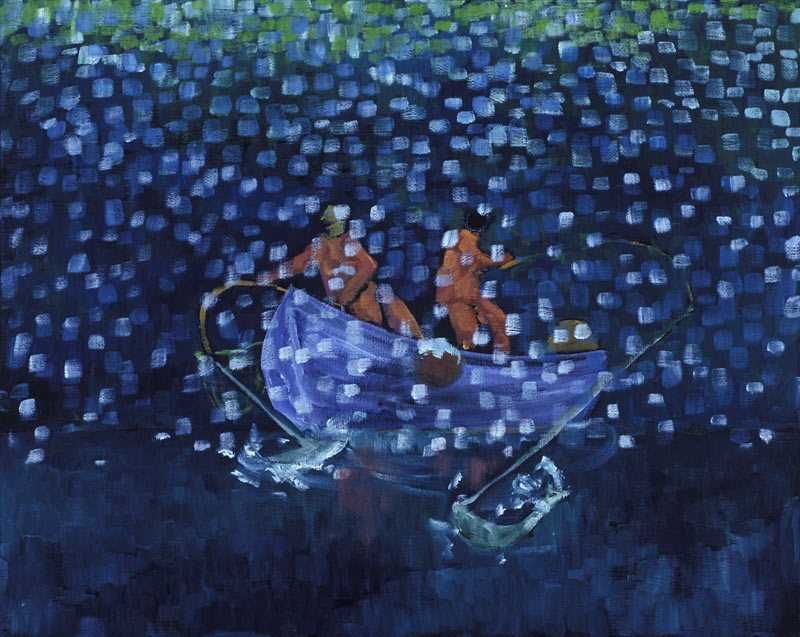
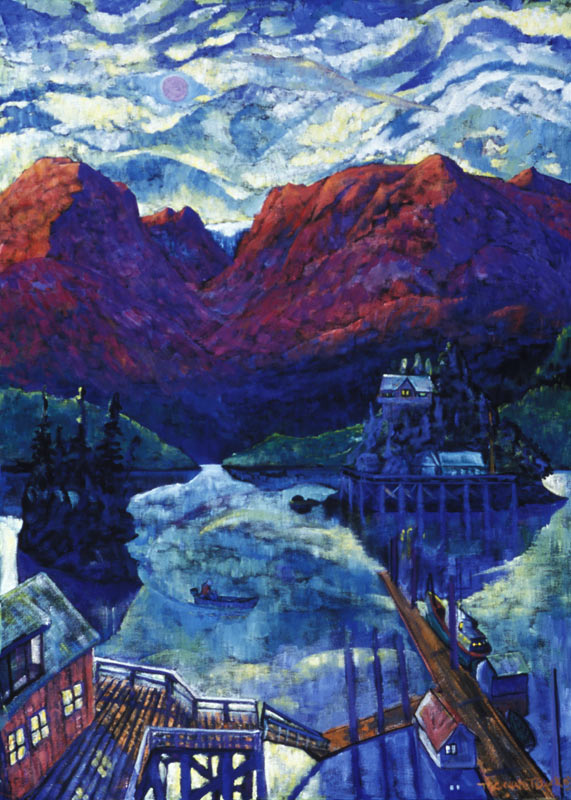
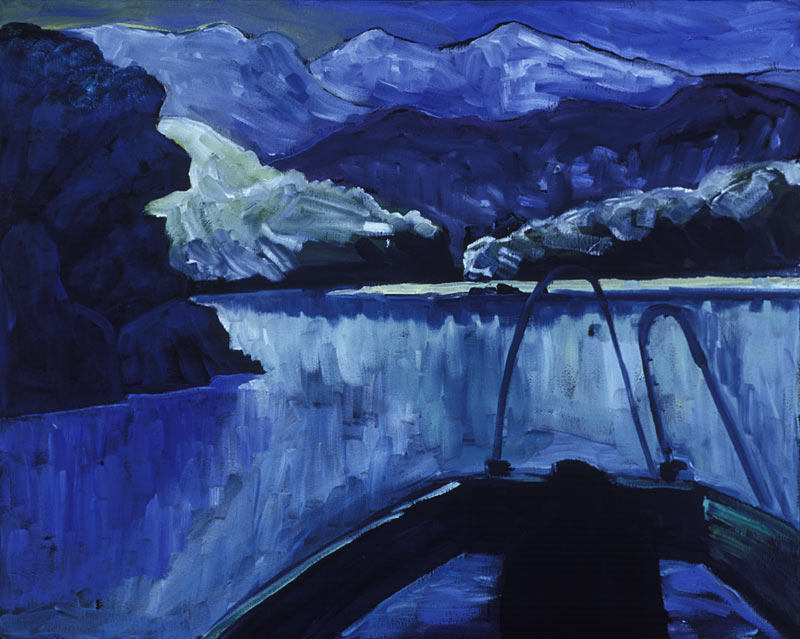
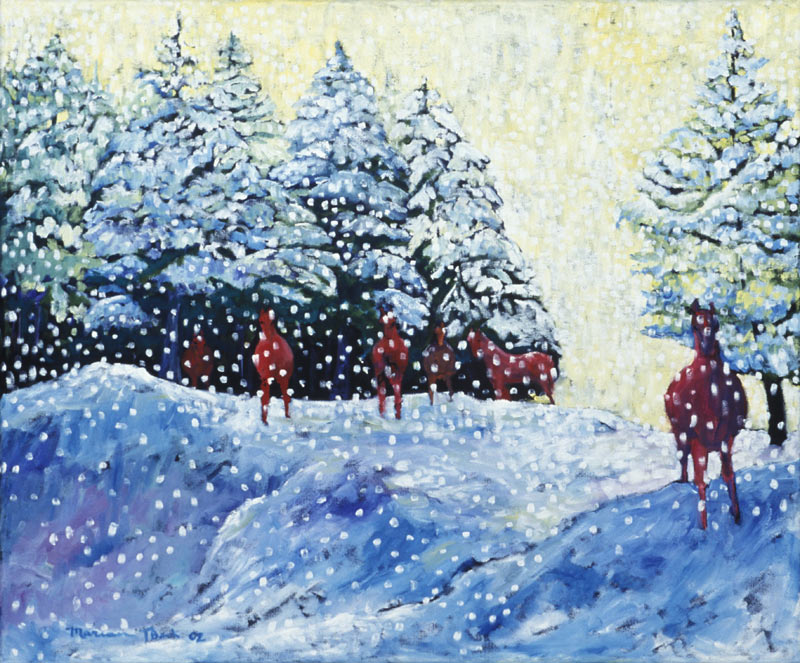
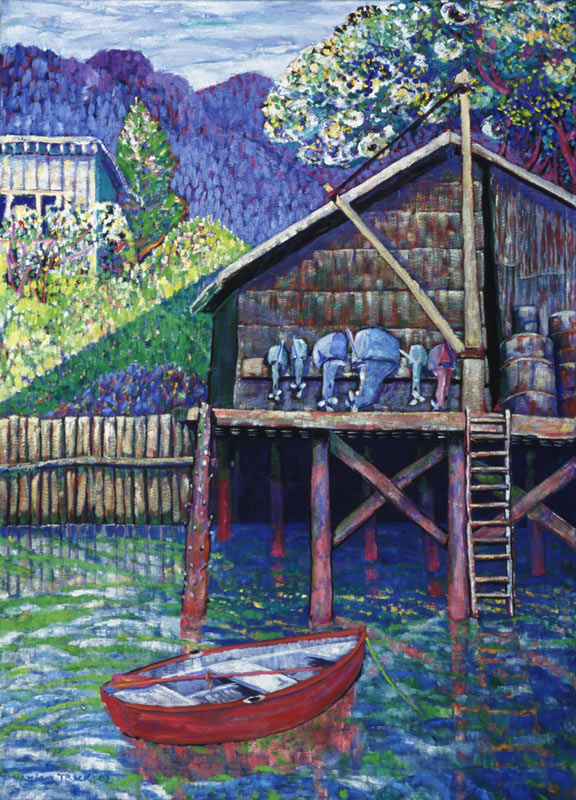
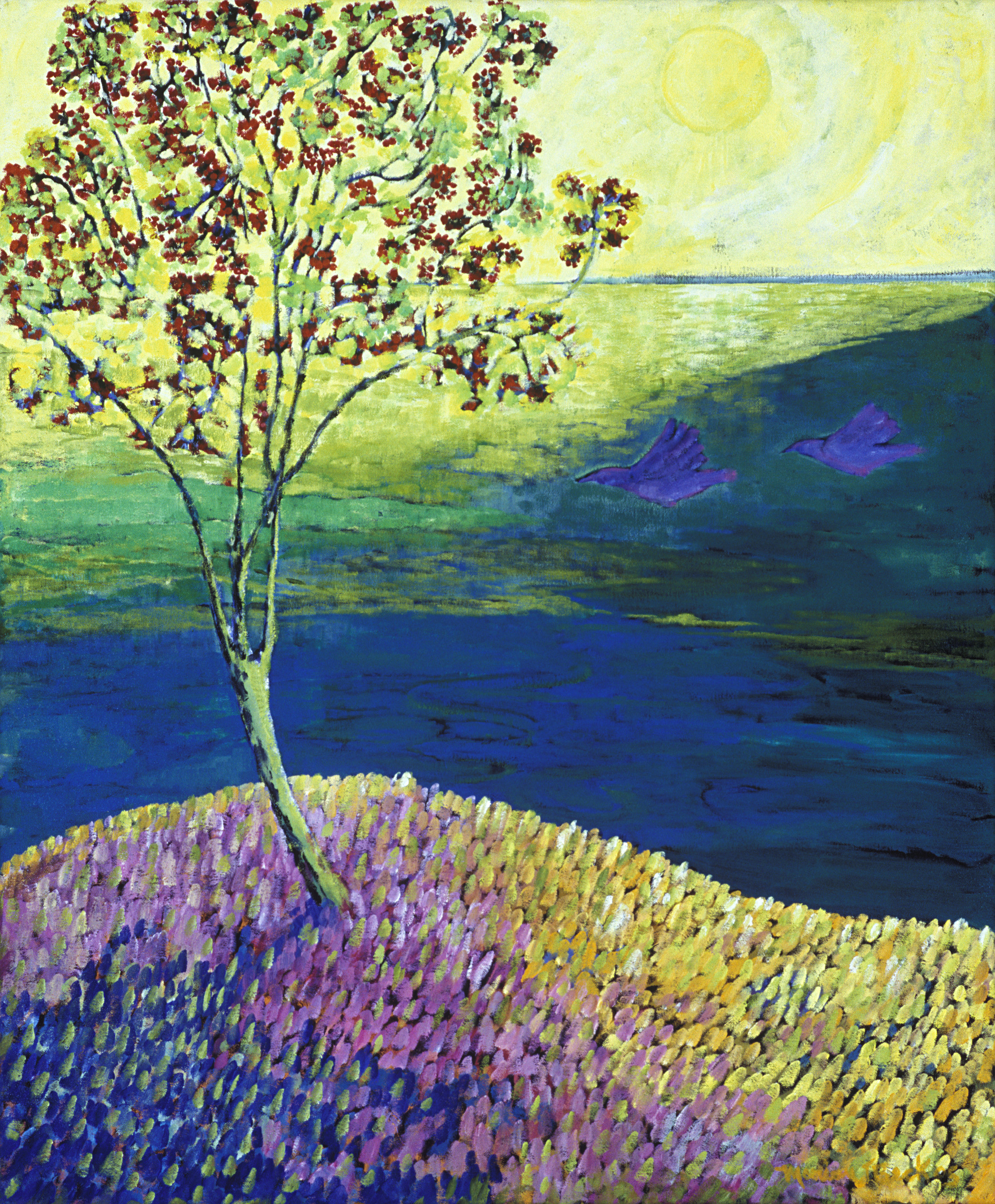
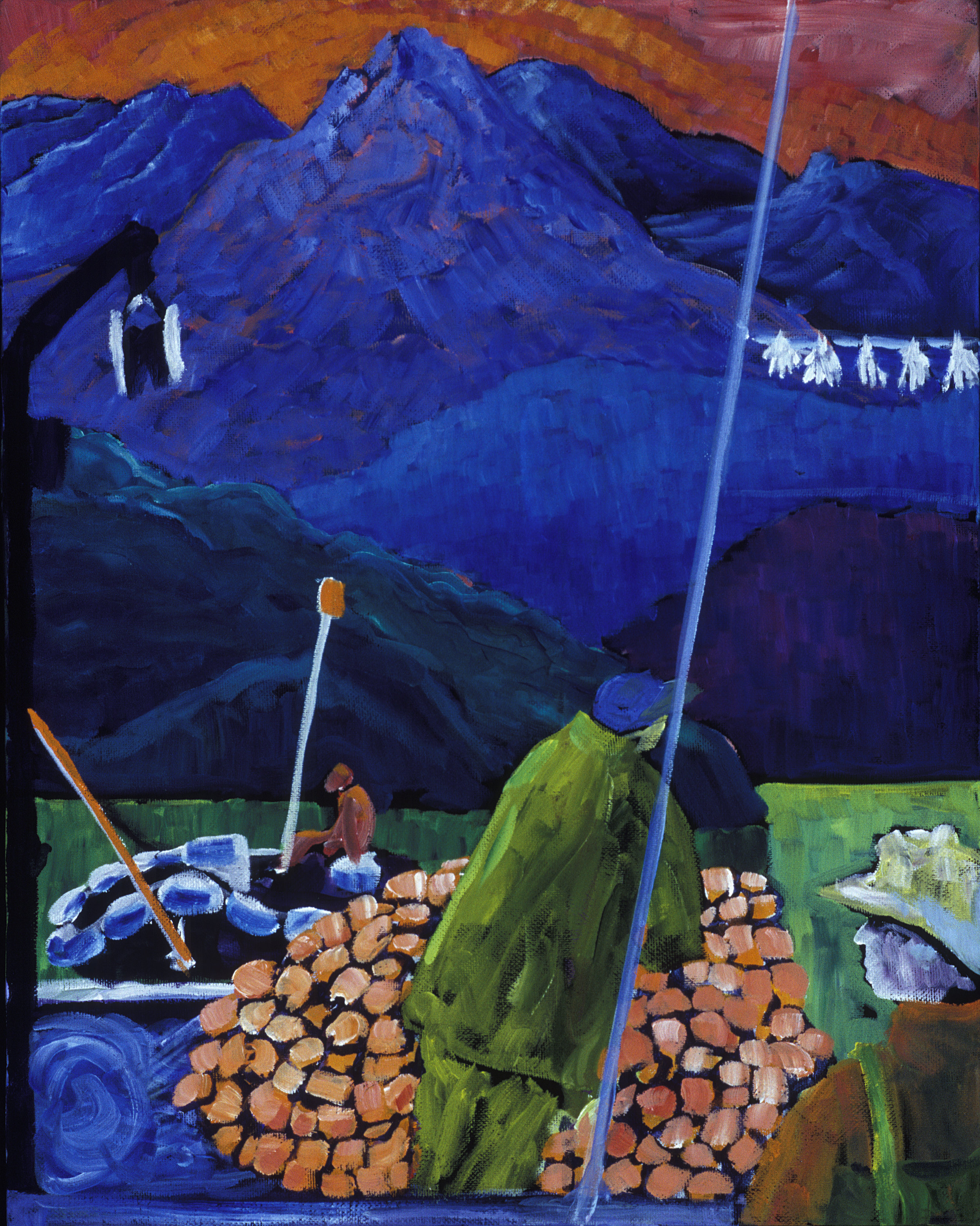

Parker Ranch Historic Home (Puu Opelo) / Kamuela, Hawaii


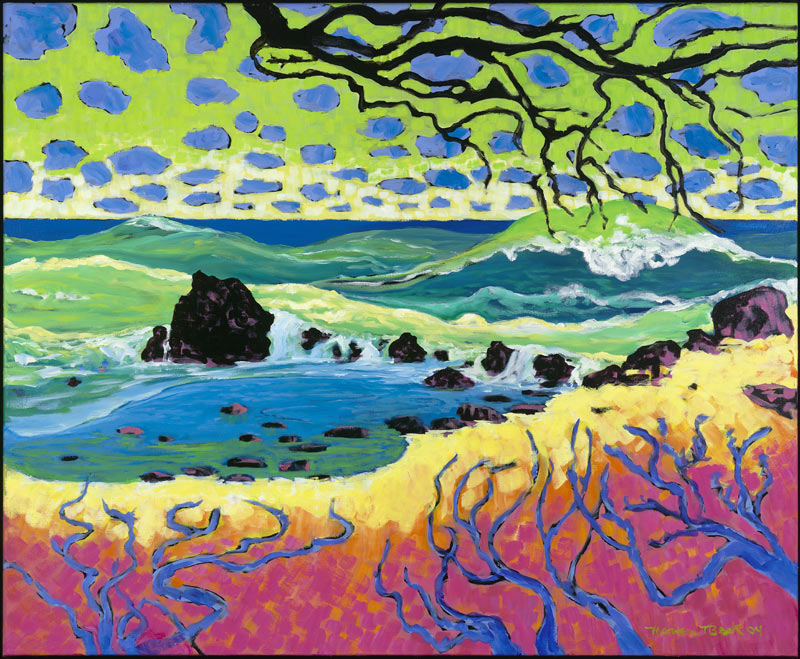
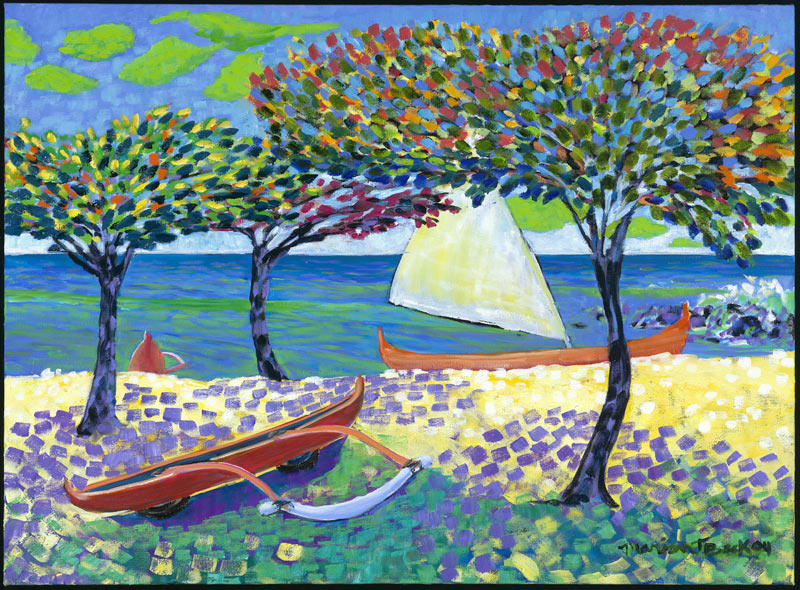
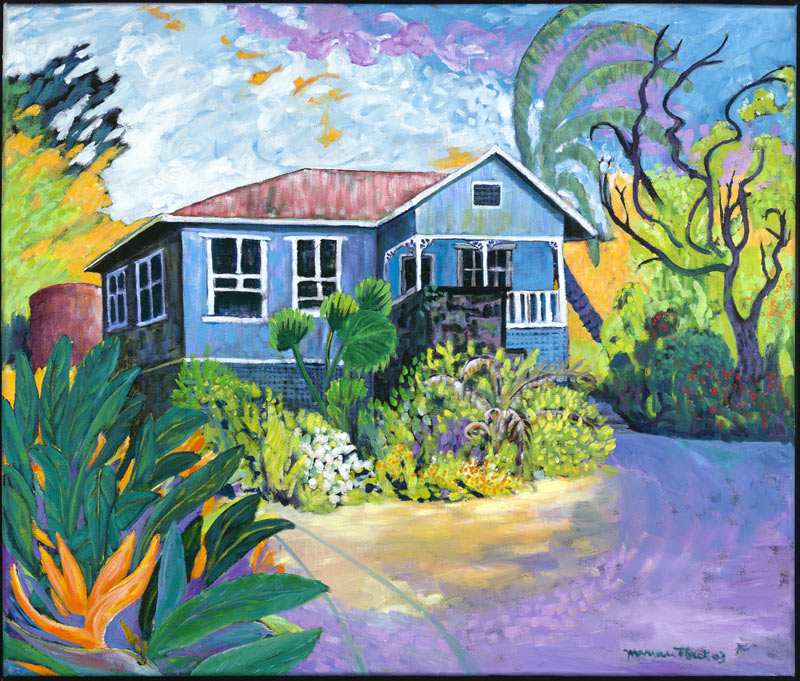
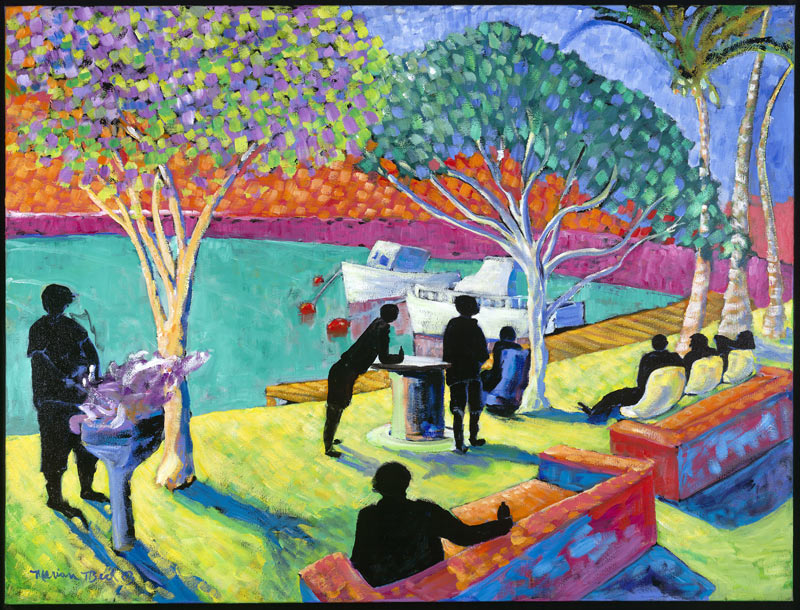
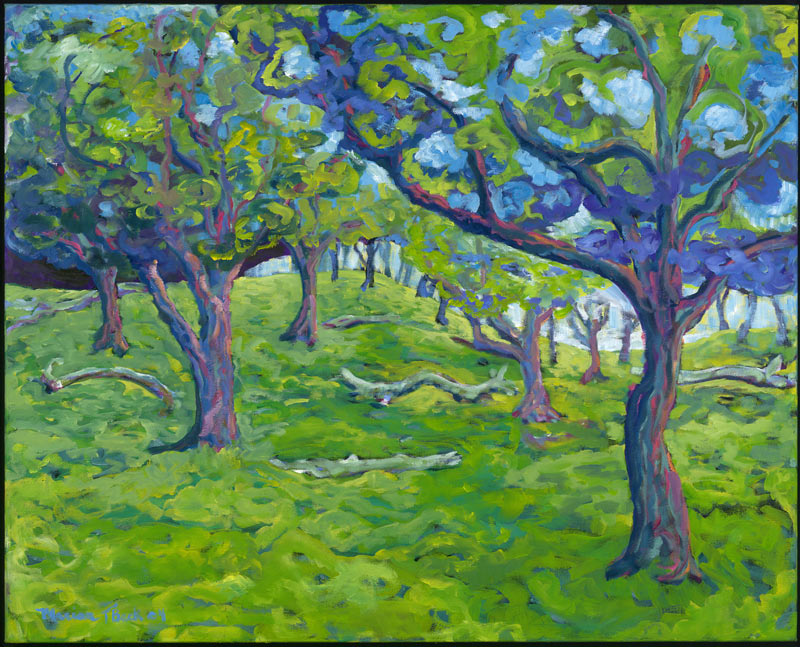
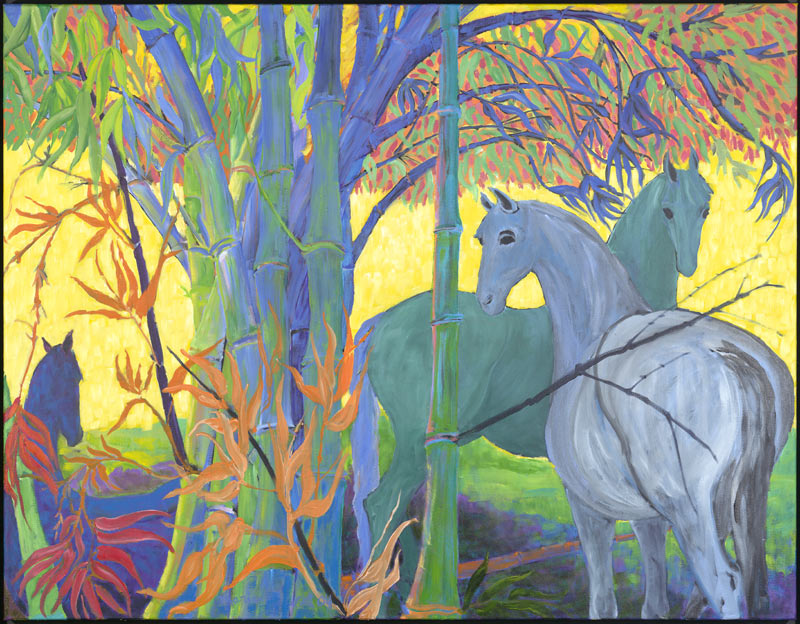
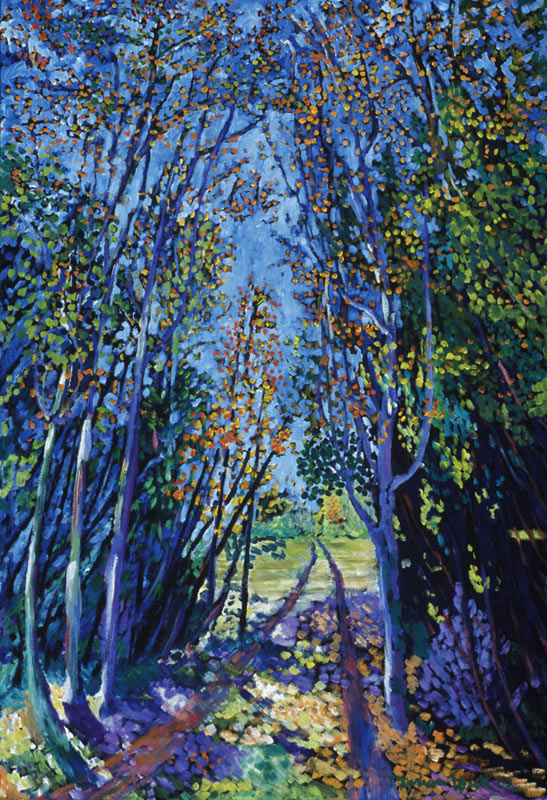
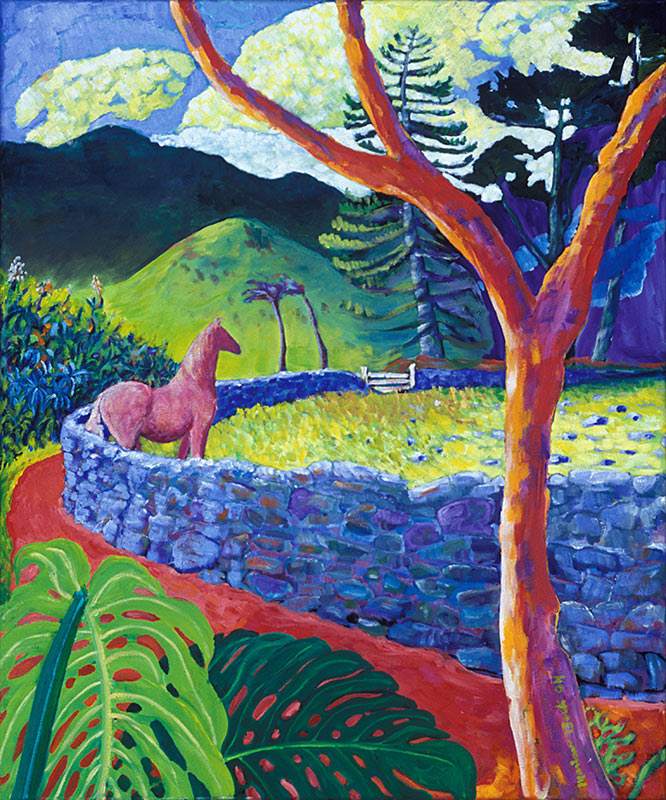
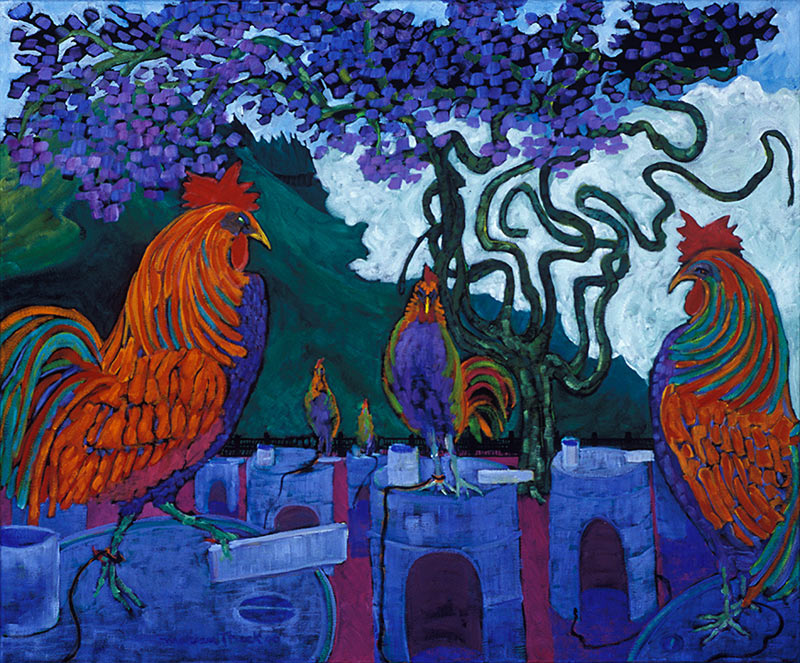
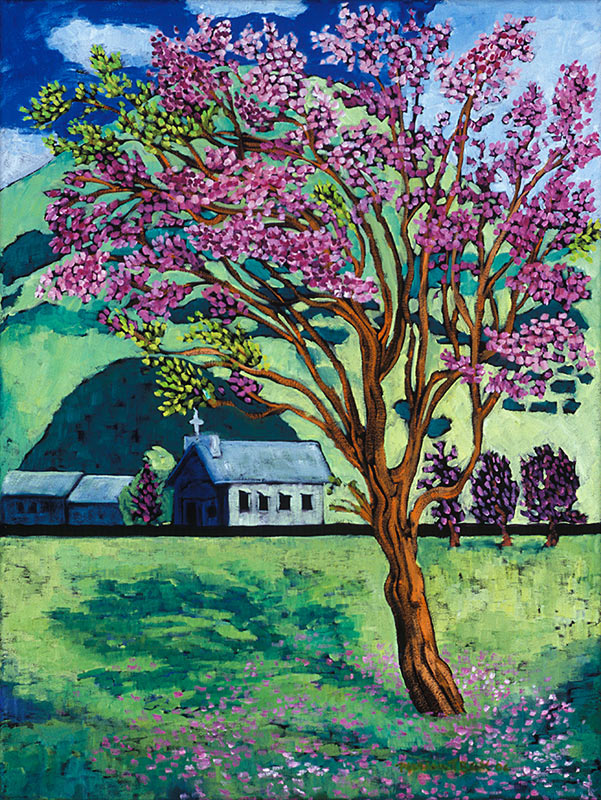
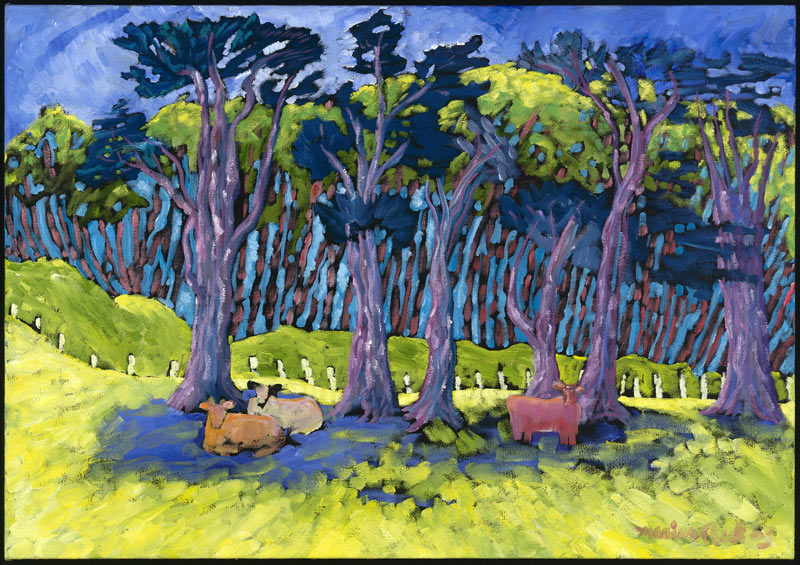
The Piko Series

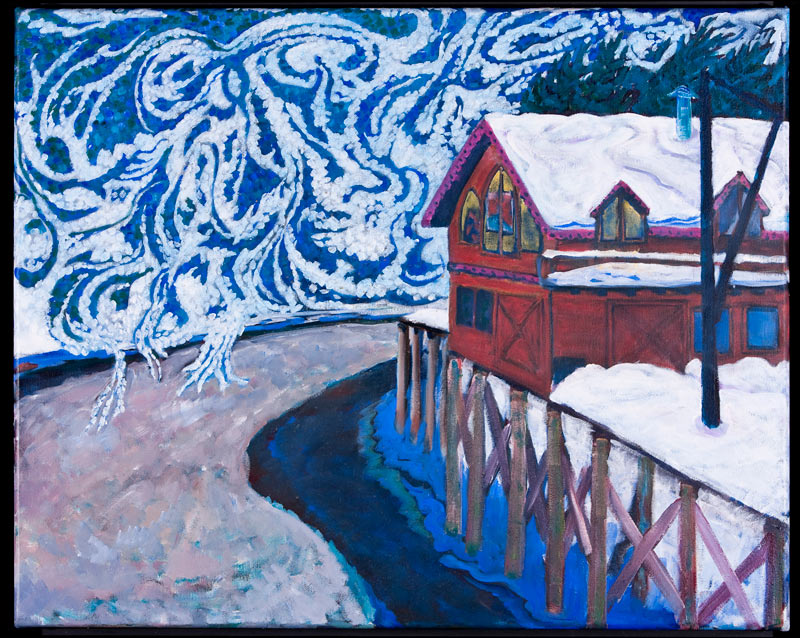
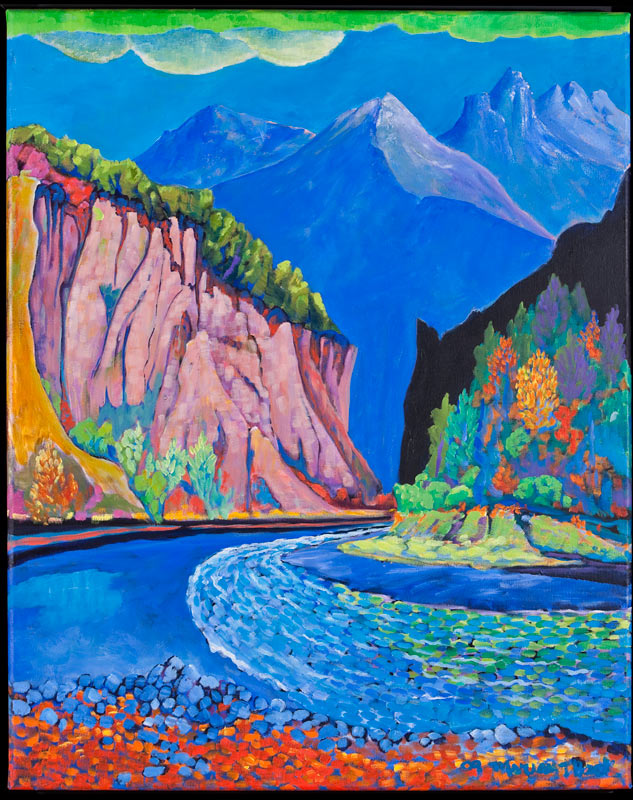
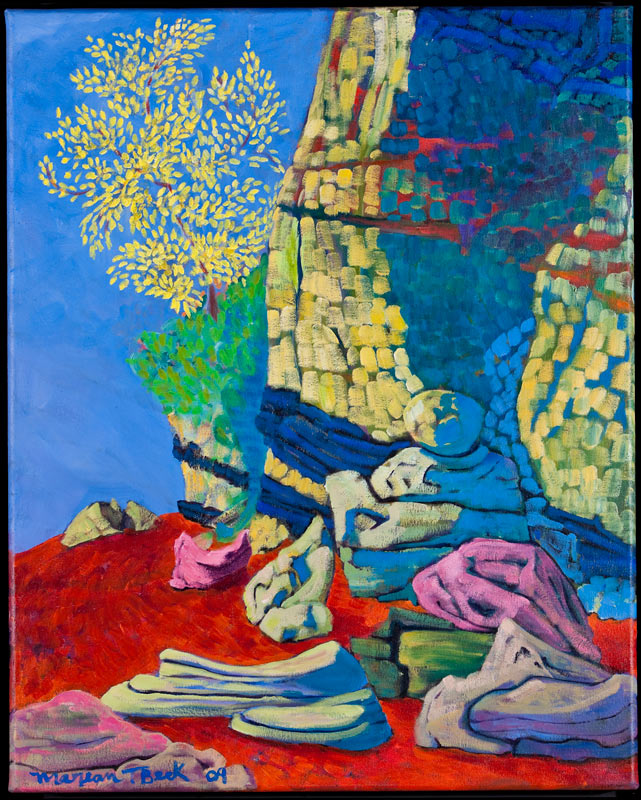
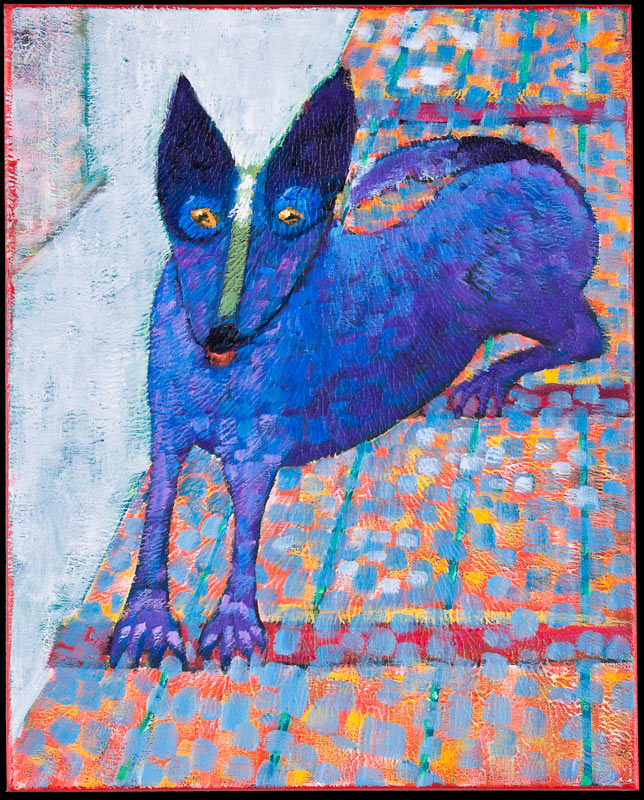
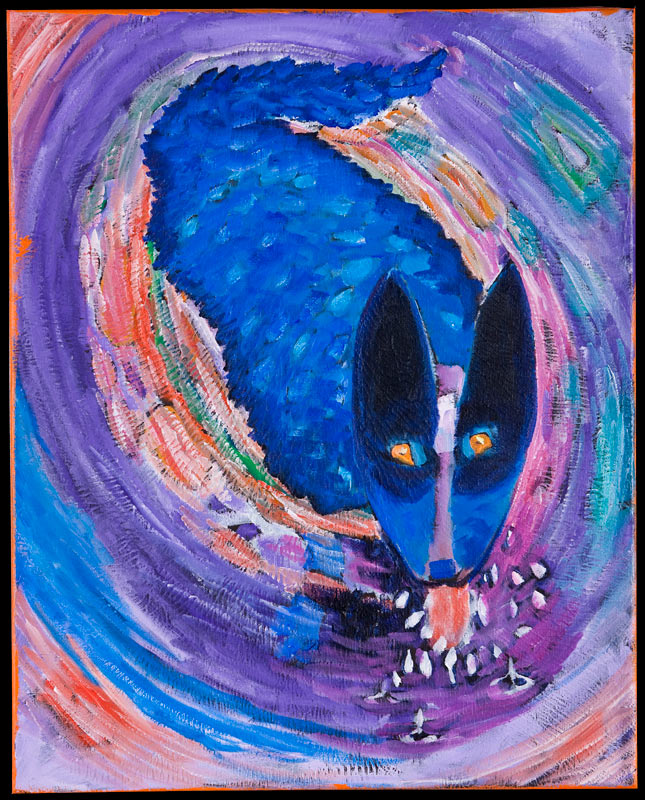

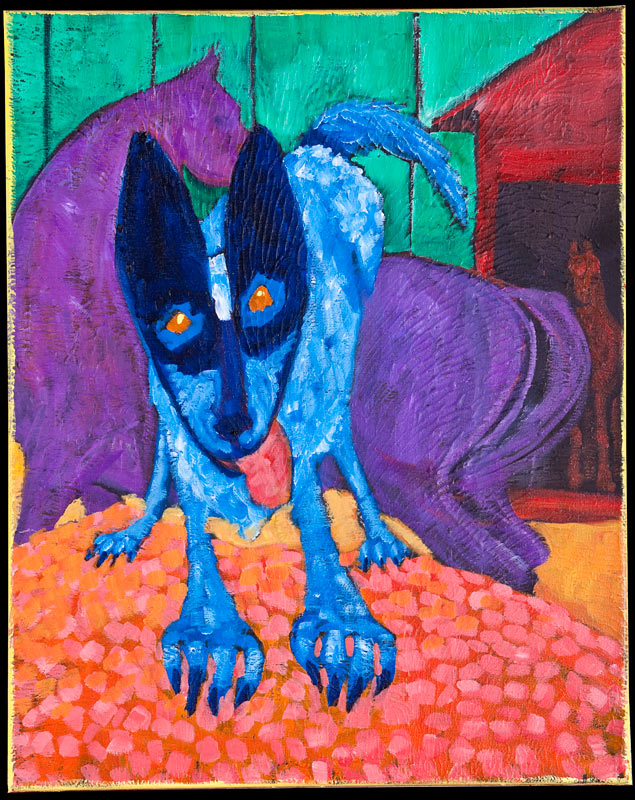
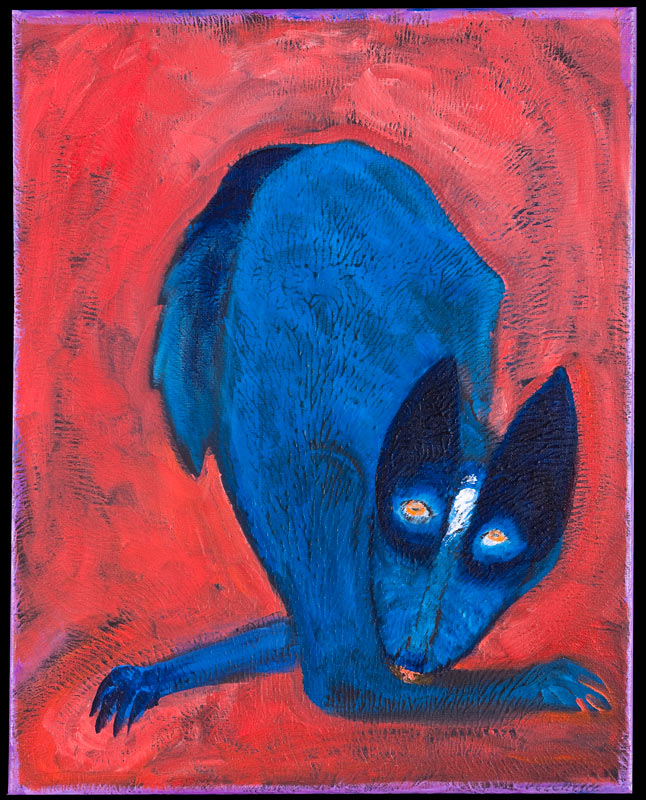
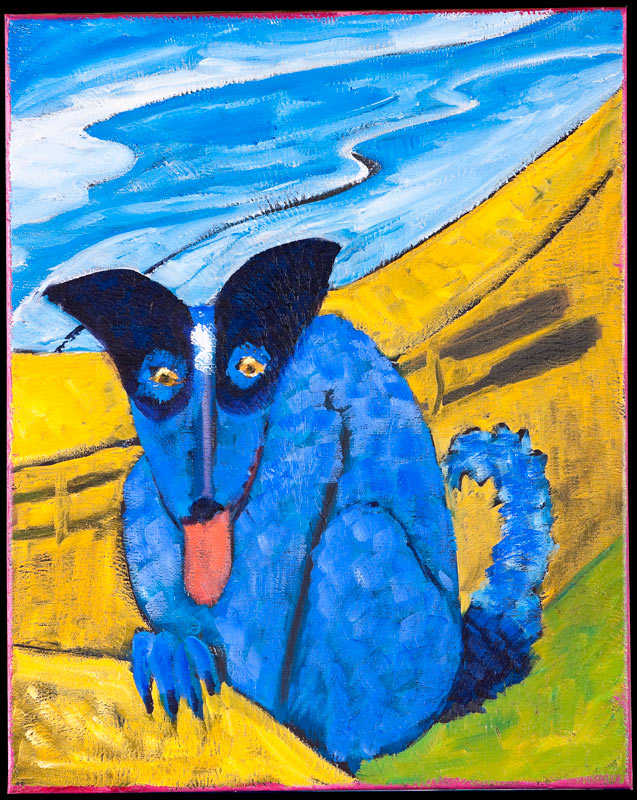
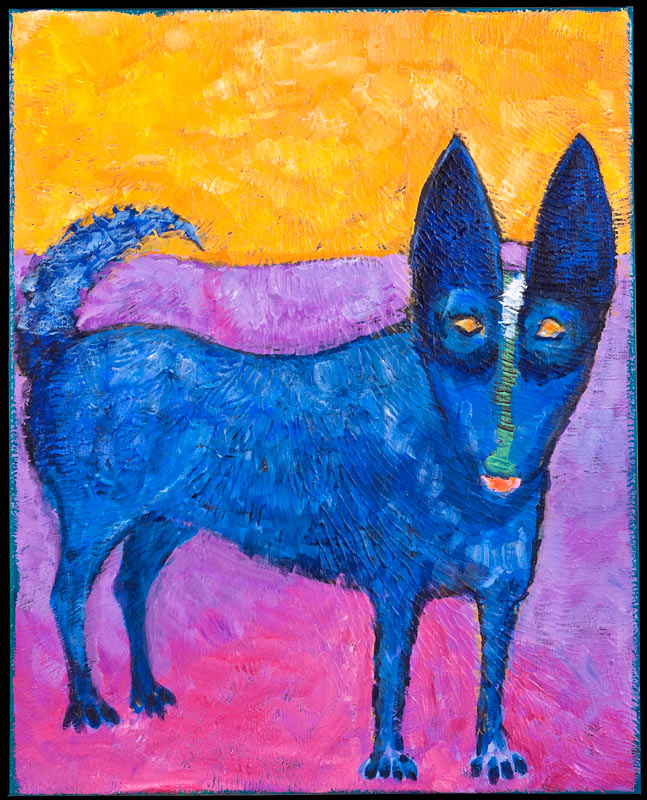
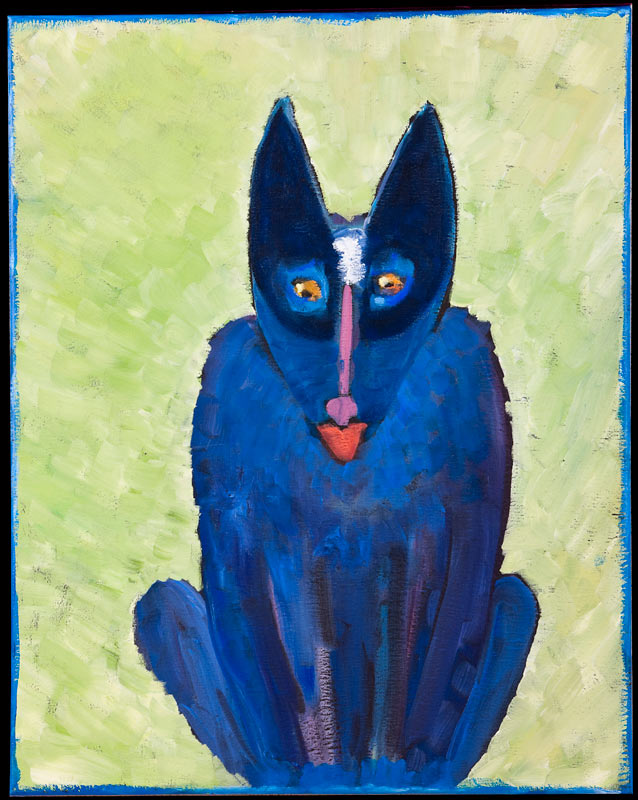
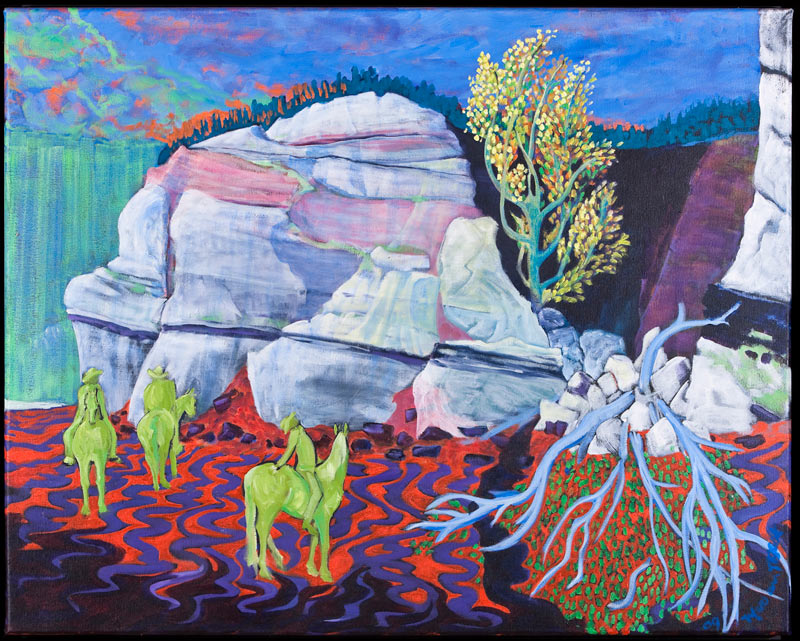
AN ARTIST'S COOKBOOK
The book's recipes are simple, many made from seafood available right outside the restaurant's front door, like Lucinda's Baked Oysters and Kachemak Bay Blue Mussels. The directions indeed read like a conversation with a cook, with gentle reminders to keep an eye on the amount of liquid in the mussel pot, and to be careful not to overcook the cioppino.
Far more than a simple cookbook, Beck's vibrant artwork takes up about half the pages in the 111 page book and provides the segue stories about the unusual aspects of living in Halibut Cove, such as gathering your own coal from the beach and clamming in the middle of the night when winter's minus tides fall.
"It was to contain a little history for context to the recipes and paintings, was to be a vehicle to showcase Marian's beautiful artwork, and have gastronomically artistic resources that were little works of art unto themselves," Gage said. "The end result was a book that was as much a feast for the eyes as for the palate."
THE COOKBOOK IS AVAILABLE AT THE DANNY J OFFICE ON THE HOMER SPIT, THE EXPERIENCE GALLERY IN HALIBUT COVE AND THE HOMER BOOKSTORE.
Email Marian Beck at mbeckseals@aol.com











